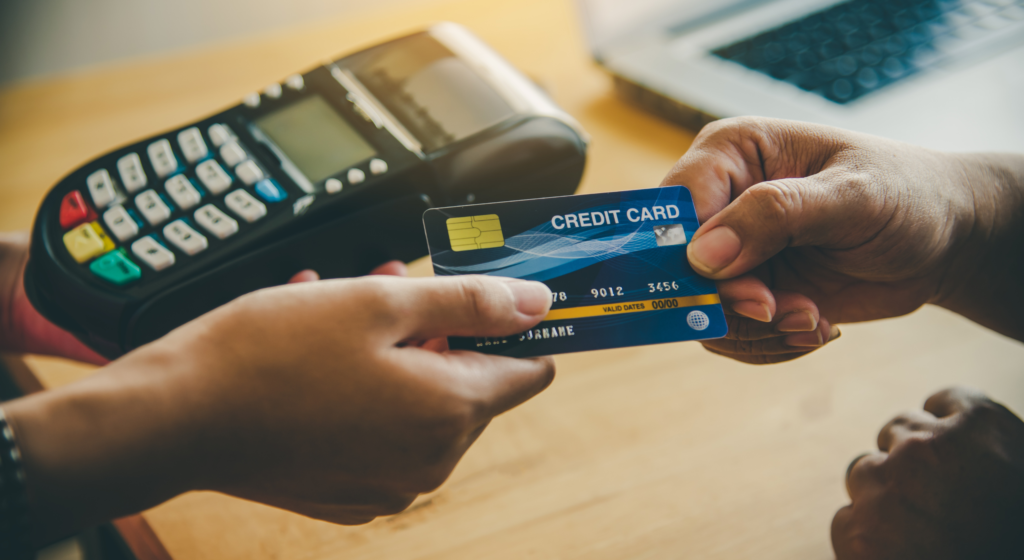The Future of Credit Card Transactions in India: Embracing the Contactless Revolution

Home / Blogs Table of contents The Benefits of Contactless Payments The Future Outlook Conclusion As India advances in its digital transformation journey, the payments landscape is rapidly evolving. Over the past decade, driven by smartphones and government initiatives like Digital India, the financial ecosystem has seen significant shifts. One of the most notable changes […]
What is PPI? How can a business benefit from PPI?

PPI stands for Prepaid Payment Instrument, PPI is a method that facilitates the purchase of goods and services against the value stored on such instruments. The value stored on such instruments represents the value paid for the holder, by cash, by debit to a bank account, or by credit card. The prepaid instruments can […]
OPEN BANKING- Is India ready to enter banking 2.0?

What is open banking? Open banking is nothing but a payment system that works on an application programming interface (API). Let’s understand it better with the help of an example. In India, how long does it take to open a new bank account? How many times do you need to verify your documents? […]



